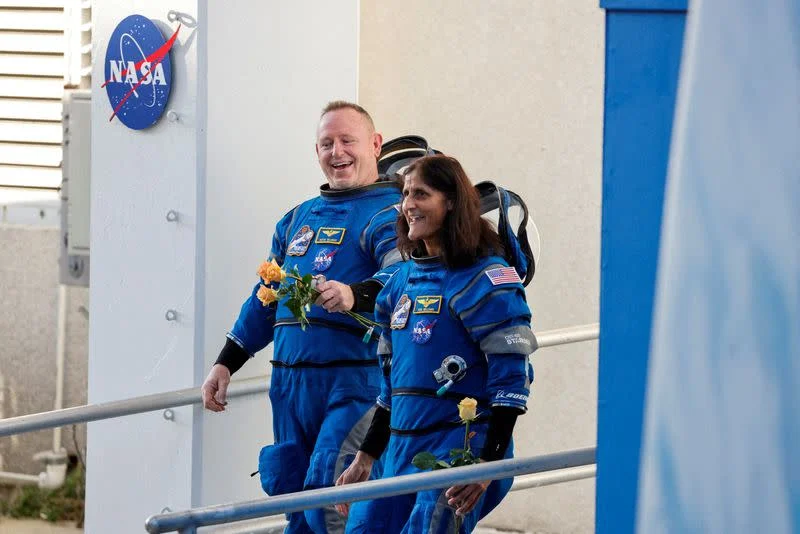
Starliner Astronauts Recall Harrowing Flight and the Harsh Reality of Returning to Earth
The Boeing Starliner mission, intended to be a short test flight, turned into a nearly 10-month ordeal for astronauts Suni Williams and Butch Wilmore. Their journey, fraught with technical difficulties, highlighted the challenges and risks inherent in space travel. But the challenges didn't end in space, adjusting back to earth took time and patience.
The pair launched in June 2024, on what was scheduled as an eight-day mission to the International Space Station (ISS). Problems arose almost immediately when thrusters failed during docking, leaving the astronauts unsure if they could return home. “Docking was imperative,” Mr. Wilmore told BBC News. “If we weren't able to dock, would we be able to make it back? We didn't know.”
Despite the immense pressure, the astronauts maintained composure, focusing on solutions. Ms. Williams noted, “You sort of read each other's mind and know where we're going with all the failures. At the same time, you know, we're like, what do we have? What can we do?” This speaks volumes about their training and mental fortitude in crisis situations.

Ultimately, the Starliner was deemed too risky for their return, and they waited for a SpaceX capsule. After months aboard the ISS, they finally came home in March 2025. Adding to the drama, their extended stay became a political talking point, with then-President Trump blaming his predecessor. However, the astronauts remained focused on their mission and dismissed the political noise.
The challenges didn't end upon their return. After nearly ten months in space, Williams and Wilmore faced a difficult readjustment to Earth's gravity. Wilmore humorously stated, "Gravity stinks for a period,” emphasizing the initial discomfort. He and Williams spent at least two hours a day with NASA’s astronaut strength and reconditioning officials while juggling an increasing workload. Williams noted the unexpected fatigue and muscle re-engagement.
Despite these challenges, both astronauts expressed optimism about the future of the Boeing Starliner program and were eager to fly again. They believe the spacecraft has unique capabilities and potential for future missions. Williams explicitly addressed the possibility of further uncrewed tests before crewed flights, echoing the protocol from SpaceX and Russian space programs for testing unmanned.
The saga of Williams and Wilmore serves as a testament to human resilience and the collaborative spirit of space exploration. After this whole journey, NASA now need to decide whether to refly with crew or unmanned again.
What are your thoughts on the future of the Starliner program? Share your opinions in the comments below.